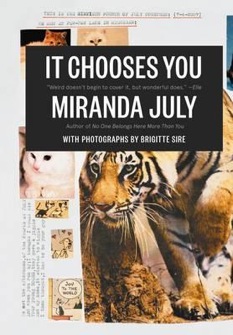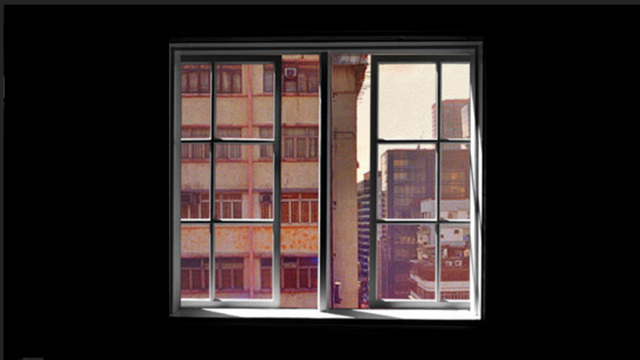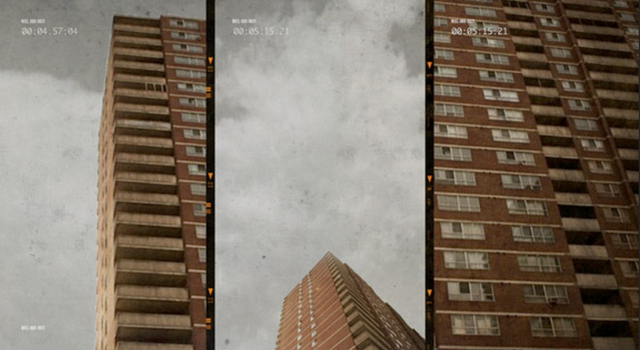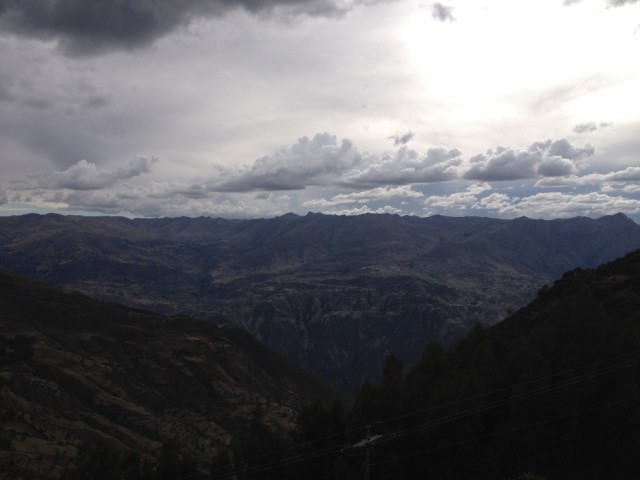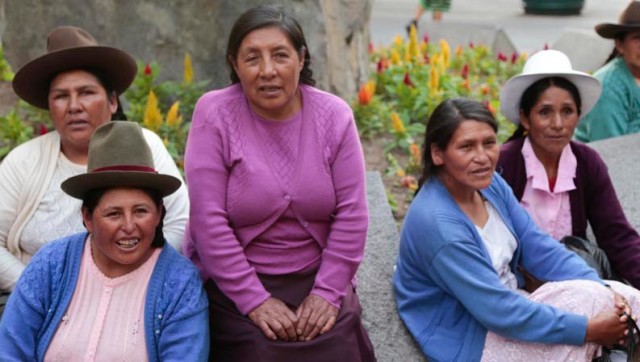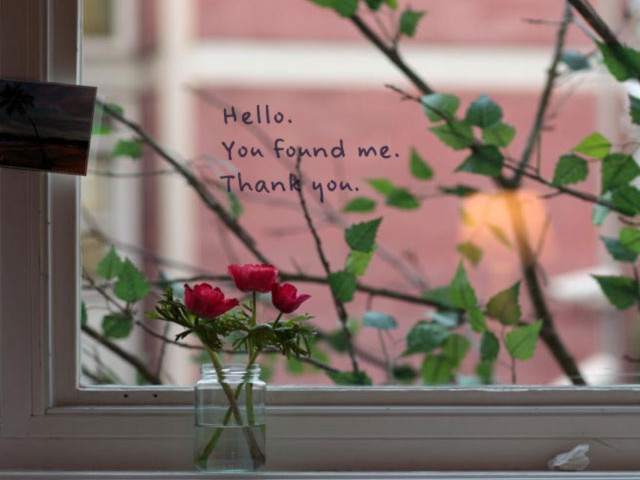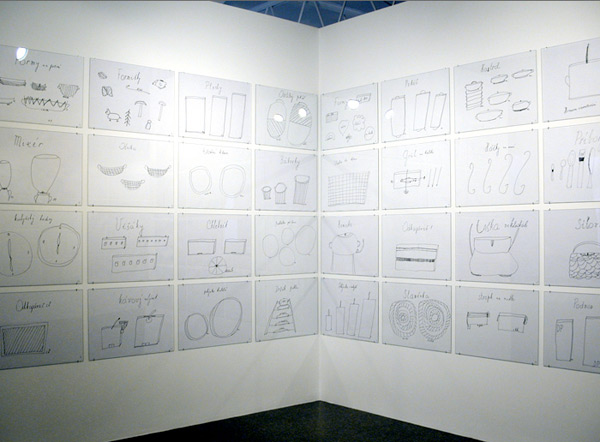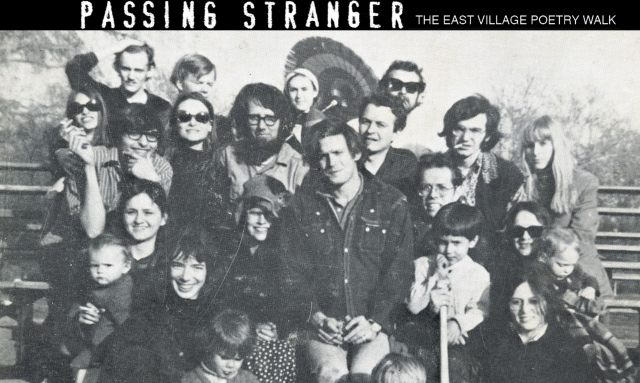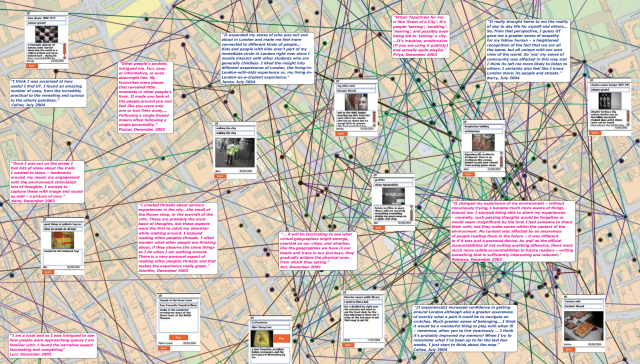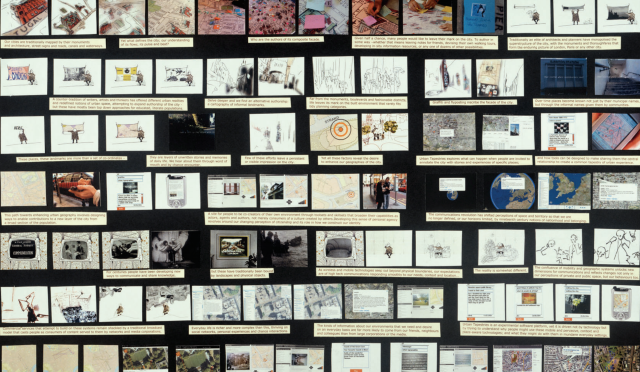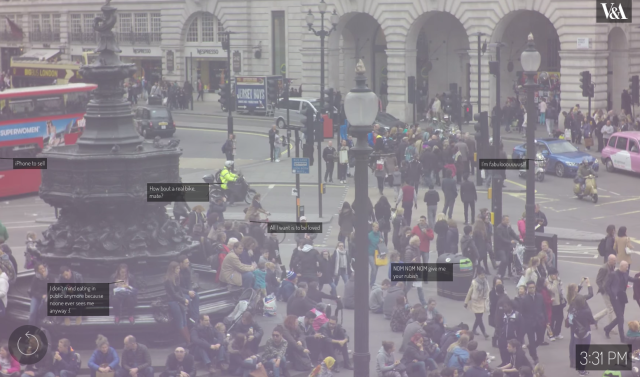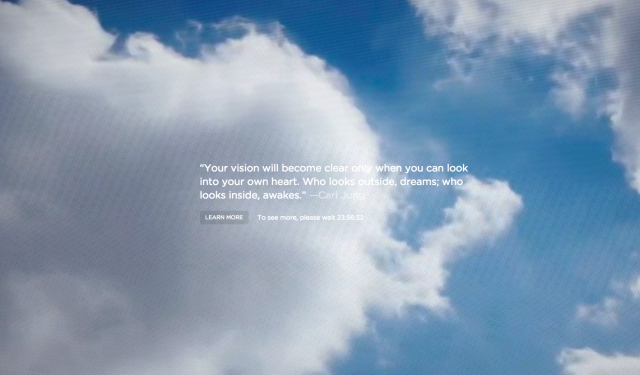By no means exhaustive, the following is a list of projects, of personal interest, by way of a kind of ‘literature review’.
The projects span: art practice, workshops, interactive, on and offline, linear and multilinear. All encompass some aspect of the participatory. There are overlaps of course between mediums, so at times the projects could have been listed in a number of categories.
i-Docs
MIT: docubase
NFB: Canada
Brian Hill
Uses participatory & collaborative processes to make his musical documentaries, Drinking for England, Feltham Sings, Pornography the Musical.
[expand title=”more”]
Working methods include extensive interviews with participants, whose words are then turned into lyrics by the poet, Simon Armitage. These songs are then taught to the participants who sing them as their contribution to the documentary.
[/expand]
Gillian Wearing: Self Made
This film project began by posting a newspaper ad looking for people to be in a film. The selected participants then undertook method acting classes to find narratives to explore.
[expand title=”more”]
An interesting art/film hybrid where the participants help to develop their characters and short films. I saw this screened at the BFI London Film Festival with a Q & A with the director and cast and found their experiences of the project to be quite significant and moving.
[/expand]
Bombay Beach: Alma Ha’rel
Bombay Beach focuses on the people who live in this place and uses traditional documentary techniques with choreographed dance scenes.
[expand title=”more”]
The participatory aspect comes with these dance sequences, similar to the way the songs function in Brian Hill’s films. A choreographer worked with the participants to teach them dances that reflected something of their lives, relationships and place in the world.
Daily Services
Artist collective that works with participants in “the street” in an art practice kind of way. They provide services through direct interaction, example, questionnaires, or asking about favourite places etc.
[expand title=”more”]
An interesting project is the ‘daily bread’ where people are given half a loaf of bread and can then find out who has the other half by looking up a pin number. Some potential uses for technology, connectivity and serendipity. Raises issues of commodity culture and consumerism. Also displays a sense of generosity.
[/expand]
Miranda July
Learning to Love You More
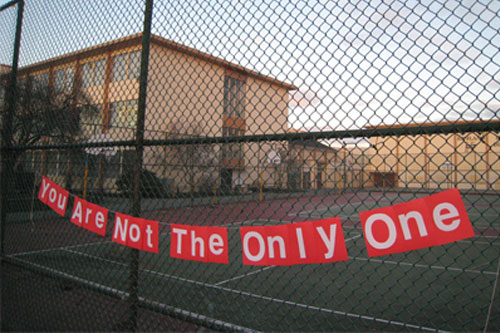

This was a website & book (by Miranda July and Harrell Fletcher) that gave assignments (with clear precise instructions) that were undertaken by participants (anyone who chose to be involved).
[expand title=”more”]
These were compiled on the website and later curated into a book. The beauty of this project is the varied responses to the one prompt, making it engaging to compare. Also, the ease of understanding the assignment without being too labour intensive makes participation more appealing and accessible.
[/expand]
It Chooses You
It Chooses You is a compilation of stories and images about people selling stuff. All participants were found after being contacted from ads they’d placed in PennySaver. July then asked if they would be involved in the project, sharing their time and personal stories though an interview, allowing people into their domestic space. She also paid them $50 for their time.
Emotional Cartography
This project combined participatory workshops with local residents of the area with technology and emotional responses. This is interesting as a psychogeography (emotional cartography) experiment, charting how people respond to their local environment.
[expand title=”more”]
The end product was more of a traditional output (paper map). The artist, Christian Nold, has developed a number of projects that combine user participation/interaction and technology in an attempt to facilitate more communal approaches to ‘making’.
[/expand]
The City of Forking Paths: Janet Cardiff & George Bures Miller
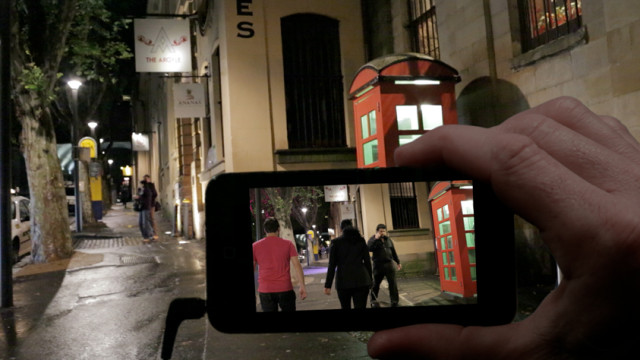 The City of Forking Paths is in-part a homage to Borges’ The Garden of Forking Paths. This commission is an augmented reality hour-long walk through the night streets of Sydney.
The City of Forking Paths is in-part a homage to Borges’ The Garden of Forking Paths. This commission is an augmented reality hour-long walk through the night streets of Sydney.
[expand title=”more”]
With your iphone/ipod in hand, the self-guided tour includes encounters with on-screen characters, first-hand experiences of place through the voice-over and Cardiff’s narration. The participation of the audience is immersive through their inclusion in the narrative.
[/expand]
Journal of Insomnia exists as both an installation and an online interactive documentary. Both components collect snippets of stories and experiences of what it is to have insomnia.
[expand title=”more”]
I think the spirit of investigation into this topic has similarities with my own project, as both a private and collective experience, as well as being endemic to contemporary lifestyles. It also aims to create affect through the experience. The ‘real world’ aspect of the installation creates another method of collecting the data and allows for off-screen experiences.
[/expand]
This is a participatory documentary with a collection of over a hundred short pieces to camera about the issue of poverty in the USA, with statistics and a call to action. The concept is socially engaged and embedded in the ideas of visibility and giving voices to the ‘unheard’.
Big Stories, Small Towns
Australian project that embeds a filmmaker in a small town and helps them to document their lives and communities. Using a combination of films by the professional and participant generated content. Mostly focussed on digital storytelling (it appears), high production values.
24 Frames 24 Hours
Something I like about this project is that the videos were made as part of an iterative workshop process. The workshop model allowed for participants to create their own videos in a process set-up for this purpose.
[expand title=”more”]
This then eliminates the question of how to get people to participate of their own volition. I’m not sure about how engaging this project is as a user due to the format but perhaps the participant-focus nature of it lends itself to the engaging experience of making the content in the workshops.
[/expand]
Highrise, produced by NFB, Canada and Katerina Cizek, is an umbrella project that has a number of stand-alone projects within it, all centred around high-rise living around the world. Each of these projects is an experiment in a different form of participation, and each has a different outcome.
[expand title=”more”]
The projects include 5 different entities, existing online as well as in an interactive installation. The complexity of the subject matter is built through engaging with multiple projects and various modes of participation and levels of openness. Cizek uses traditional documentary techniques as well as user generated content, with inputs from global highrise inhabitants and participants documenting their own lives in a single highrise tower in Toronto.
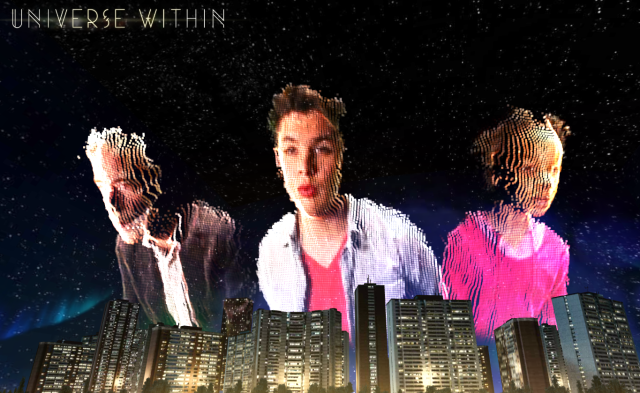 The most recent and final installment The Universe Within explores the virtual lives we live- in highrises and also using the highrise as a metaphor. Through three spirit guide avatars, we are introduced to global stories of online activity, with geo-political and social underpinnings. The avatar plays the role of a kind of authorial voice and bridges together these stories, which are thematically collated.
The most recent and final installment The Universe Within explores the virtual lives we live- in highrises and also using the highrise as a metaphor. Through three spirit guide avatars, we are introduced to global stories of online activity, with geo-political and social underpinnings. The avatar plays the role of a kind of authorial voice and bridges together these stories, which are thematically collated.
In an interview, the director of the Highrise project, Kat Cizek, speaks of the importance in sound design in interactive documentary works. Like the spirit guides, this element has the effect of uniting the fragments and elements of this work and immersing the viewer in this virtual space.
The Highrise project is an interesting model as it is situated around one theme and seeks to explore from multiple perspectives- human and technology, form and content.
[/expand]
20 filmmakers interview people with the same questions- a global portrait through similarities and differences.
[expand title=”more”]
Surprisingly interesting though not so participatory, the act of asking the same questions is a good way to begin to make a taxonomy of responses to a limited prompt. Has some similarities/homage to Chronique d’une ete… are you happy? A study of Parisians responses to their lives and contemporary society.
[/expand]
Mapping Main Street
Taking the concept of place “Main Street”, this project compiles traditional documentary footage and interviews with user-generated content to create a picture of the different main streets across the USA.
[expand title=”more”]
The project also uses commissioned songs, an art installation set-up to collect stories from participants and is based on the idea of “re-mapping”, or creating alternative versions of maps that contain personal stories.
[/expand]
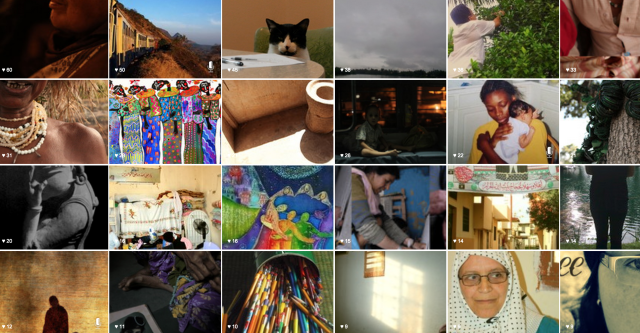 We Feel Fine is Jonathan Harris and Sep Kamvar’s database portrait of human feelings around the world, using data harvested from blogs. Each feeling is extracted from online blogs by searching for the phrases: I feel or I am feeling.
We Feel Fine is Jonathan Harris and Sep Kamvar’s database portrait of human feelings around the world, using data harvested from blogs. Each feeling is extracted from online blogs by searching for the phrases: I feel or I am feeling.
[expand title=”more”]
This work is a database, archive and artwork, curated around 6 themes: montage, madness, murmurs, mobs, metrics & mounds. The user can search for statistics based on gender, geographical location and weather, for example. You can also find the sexiest, loneliest and angriest cities based on the inhabitants’ posted feelings.
This work is created with a high degree of technical skill but at the core is a survey of the language people use to express themselves in their blogs. It’s interesting to compare this to the collected language in the databases of corpus language used in other specific online sites, magazines or television shows. This work is similar in essence to another of Jonathan Harris’s works, Cowbird, which defines itself as a “library of human experience”. Whereas the information/data in We Feel Fine is collected from blogs, Cowbird relies on contributions of stories/images/sound/video and text from voluntary participants.
[/expand]
From Gulf to Gulf: Studio Camp
Article: DOX Magazine
Art/film hybrid project- as a way to understand the life of long distance cargo ship workers, the collective gave technology to the seamen and they documented their journeys across the oceans. In this way the participants were involved in the documentation.
[expand title=”more”]
Also, a degree of social/political commentary inherent in the project. Global movement, commodity culture sources. The output is a linear film, but has the intention of not being fabricated linearity but tied together, allowed a multi-linear sensibility. Additionally, the theme of shipping/oceans has been extrapolated into other projects around the world./political commentary inherent in the project. Global movement, commodity culture sources. The output is a linear film, but has the intention of not being fabricated linearity but tied together, allowed a multi-linear sensibility. Additionally, the theme of shipping/oceans has been extrapolated into other projects around the world.
This is a kind of methodology, using a theme and teasing it out into multivalent projects. Also community projects, long-term collaborations with groups, developing relationships etc…
[/expand]
Rider Spoke

Using locative data, bike riders navigate the city at night, listening to stories from a bank of participatory input. They also record their own stories (memories) relating to place, creating a map of the city that is based on personal experience.
[expand title=”more”]
This seems like quite a fun, challenging (confronting- night scenes) experience, a bit like an augmented reality project. It does need a high degree of technology (in the device).
[/expand]
The Are You Happy? Project
This project is an attempt to re-stage Rouch and Morin’s question in Chronique d’une Ete (1961). This seminal cinema verite film made use of the new technology at the time; portable film cameras and sync sound.
[expand title=”more”]
In the opening of the film, they ask a number of Parisian’s, “Are you happy”? Fifty years on, the Are You Happy Project similarly uses technology of the time (web-based and user-generated) to ask the same question. Participants can get involved and see what they discover about their community by asking this seemingly simple question. In Kate Nash’s contribution, filmed outside MONA in Hobart, she placed a sign near her set up and relied on participants coming forward out of their own interest and volition rather than directly approaching them. This is interesting as it provides a kind of prompt for interested parties to seek further information for involvement.
Responses and images are also connected to place/location/culture, thus creating an ethnographic study of sorts relating to perceptions of ‘happiness’.
[/expand]
Door into the Dark by British collaborative partners, Anagram is an immersive documentary experience for one. This presents a new way of experiencing documentary stories by situating the audience in a sensory space relational to the subject/content/themes of the project.
[expand title=”more”]
The limitations are that it can only be experienced as an on-site installation, thereby reducing the audience and participation. Conceptually it sounds quite amazing as an experience in bridging the experiences of the documentary participants and that of the audience.
[/expand]
Know Your Exit
A crowdsourced music project, where contributors from 37 countries sent in singing, clapping or short stories. These were mixed into a choir with an original composition.
[expand title=”more”]
This music is accompanied by a visualiser, which using geo-tagging and live tweets aggregated based on tags. Tags used include ‘alone’ and ‘together’, for example.
[/expand]
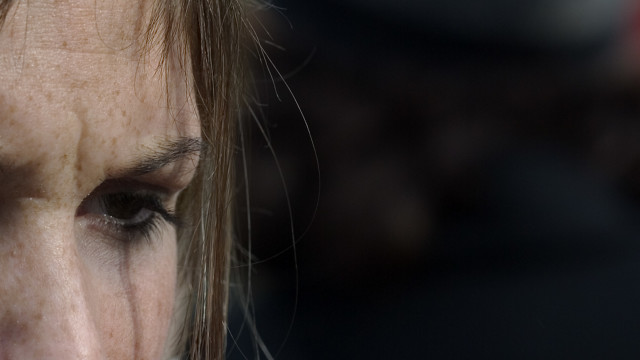 At a conference on the essay film at Reading University, UK, Thomas Elsaesser spoke of video art and installation being essayistic. One of the artists he mentioned was Shelley Silver.
At a conference on the essay film at Reading University, UK, Thomas Elsaesser spoke of video art and installation being essayistic. One of the artists he mentioned was Shelley Silver.
[expand title=”more”]
In her work, What I’m Looking For (2004), the artist uses dating sites as a method for eliciting participation. This is a study of public/private acts of intimacy. What is someone willing to show a stranger?
It’s interesting that this work is over 10 years old, pre-dating what has become an increasingly used and relied-upon way for people to meet/hook-up/find partners. I have thought the use of dating sites might be a way to explore the intersection between alone/connection, public/private and “authenticity”/performance.
[/expand]
This is a transmedia project that documents the stories of 300,000 women and 20,000 men who were sterilised in Peru (without adequate consent or consultation).
[expand title=”more”]
This project has multiple outcomes- including feature and online documentaries. It also engages a number of different approaches to collect the material which speak specifically to and about the participants who are involved in, the project. In this way the design of the methods is relational to the subjects. For example, a telephone device was designed to enable analogue technologies to be used in rural populations.
This highlights the shaping of participatory processes to align with and speak to those who are the co-creators.
[/expand]
“How do you make a game about dying alone?”
Dreams of Your Life and Would Anyone Miss You are interactive projects created around Carol Morley’s Dreams of Life.
[expand title=”more”]
These are intended to get the viewer/participant to reflect upon their connections in life, society, friendship and loneliness. Dreams of Your Life takes you through a series of reflective images, questions and messages as a meditation on the themes of the film. It asks the viewer how much of themselves do they share with others. Would Anyone Miss You was a live game presented at SXSW in 2012.
[/expand]
Artist collective that works with participants in “the street” in an art practice kind of way. They provide services through direct interaction, example, questionnaires, or asking about favourite places etc.
[expand title=”more”]
An interesting project they did was ‘daily bread’ where people on the street were given half a loaf of bread and could find out who receive the other half by using a pin number and looking it up on a website. This engages ideas of communication and commodity culture. It also exhibits an act of generosity.
[/expand]
Czech artist, Katerina Šedá did a project with her depressed grandma, ‘It Doesn’t Matter’ where she asked her to draw every item from memory that they sold in their hardware shop over 33 years. What is the real purpose of this project and how much is under duress and how much is collaboration? These questions reflect a greater concern of participatory art practices- who really benefits.
What’s the Time in Vyborg?: Liisa Roberts
This project is a collaboration between Finnish American artist, Liisa Roberts and a group of 6 teenage girls in this Russian town- all situated around the redevelopment of the city library. The long-term project involves tours, workshops, performances, films and events. Rather than being an “aesthetic or intellectual experience to an outside public” (Reinaldo Laddaga), it is a process of sustainable community engagement.
It is unfortunate that I’m not going to NY in the near future, but also fortunate that this project exists in an online form as well as a walking tour.
[expand title=”more”]
And it also helps that along with the narration by Jim Jarmusch, there are many other great people being interviewed as well as reading poetry. The live version includes a map and a downloadable mp3 with stories and poems that relate to specific locations in the Lower East Side. The online version has the same audio with video and photographs- made with Zeega. The visuals are not totally necessary and this piece can function equally well as an audio documentary.
[/expand]
Proboscis: Urban Tapestries/Social Tapestries
“Social Tapestries is a research programme exploring the potential benefits and costs of local knowledge mapping and sharing, what we have termed the public authoring of social knowledge.”
Halsey Burgund makes audio-scapes using a combination of collected voices and musical compositions. Often these are presented as video installations or walks. He uses a website as well as interviews to collect the voices and audio documentary material.
Living As Form, Nato Thompson (ed.)
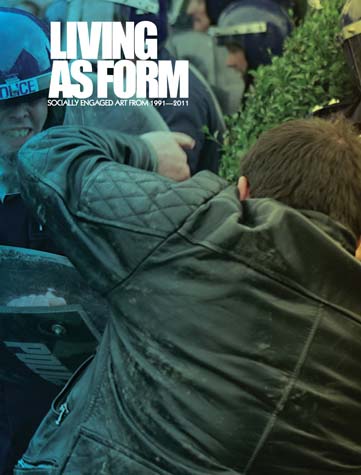 Living As Form was a large scale exhibition looking at 20 years of socially engaged art, with multiple artists and curators. It is also a website database of projects and was published as a book. The works are multi-disciplinary, political and move between the ‘lived’ or ‘real’ world and gallery spaces.
Living As Form was a large scale exhibition looking at 20 years of socially engaged art, with multiple artists and curators. It is also a website database of projects and was published as a book. The works are multi-disciplinary, political and move between the ‘lived’ or ‘real’ world and gallery spaces.
The Deeper They Bury Me: A Call From Herman
This project is an interactive documentary about Herman Wallace, who has been in solitary confinement for over 40 years. The aim is to position the viewer in Herman’s shoes, told through combination of audio recording of telephone calls and visualising a house that he imagines.
Exhausting a Crowd
“A crowdsourced description of 12 hours in Piccadilly Circus, London, inspired by the classic 60-page piece of experimental literature from Georges Perec, “An Attempt at Exhausting a Place in Paris”, written from a bench over three days in 1974.”
[expand title=”more”]
This project is quite fun in a voyeuristic kind of way. Based on a previous text/experiment, the viewer can add notes and descriptions to the CCTV style footage of this place. I do wonder about the ethics of this kind of filming and public. Plus, surely the descriptions need to be monitored and vetted before appearing onscreen.
[/expand]
“Network Effect explores the psychological effect of Internet use on humanity.”
The genius of this project by Jonathan Harris and get Hochmuth is that it replicates the effect and affect of the medium, i.e. the Internet.
[expand title=”more”]
Similar to We Feel Fine, this project presents a typology of human feeling and behaviour all exhibited on the Internet- supported by a mass of data from corporate affiliation, videos, blogs, statistics etc.
Based on an algorithm related to where you live and you life expectancy, you are allotted a certain amount of time to view, a rationing. For more viewing, you have to return the following day.
[/expand]
